When we think of big cats, iconic species like tigers, lions, and leopards often come to mind. However, the world of big cats extends far beyond these well-known creatures. There are several lesser-known big cats that roam our planet, each with its own unique charm and fascinating traits. This article explores eight of these captivating but less commonly recognized big feline species.
The Elusive Clouded Leopard
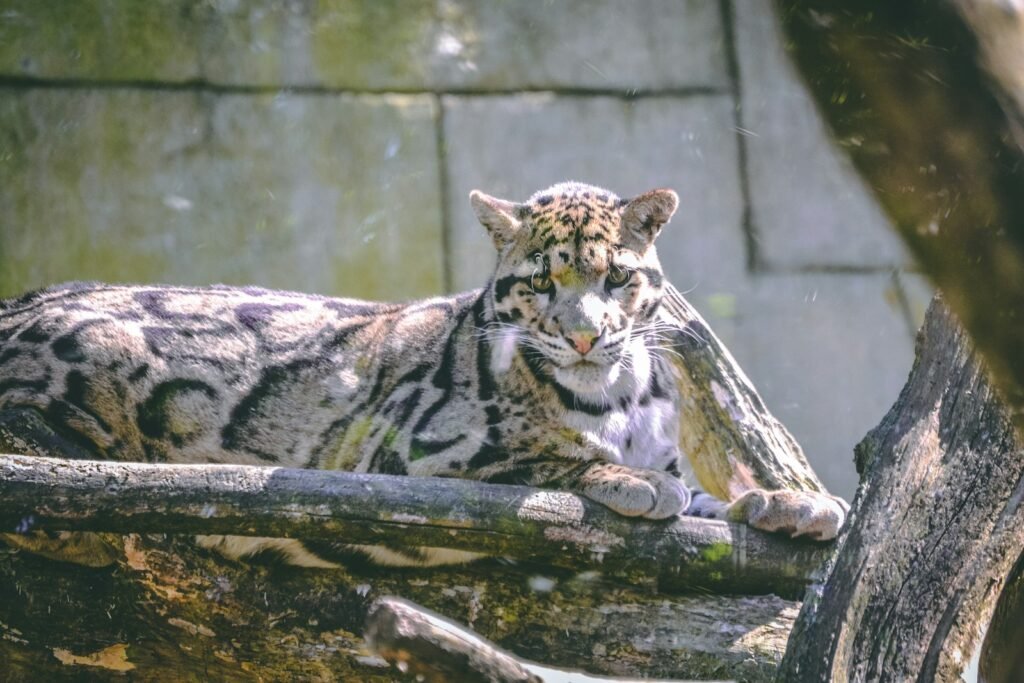
The Clouded Leopard, native to Southeast Asia, is a medium-sized cat known for its notable cloud-like patterns on its fur. This species is highly arboreal, using its powerful legs to climb trees effortlessly. Despite its name, the Clouded Leopard is more closely related to the big cat family than it is to true leopards. Their stealthy nature and camouflage make them difficult to study in the wild.
The Rare Andean Mountain Cat
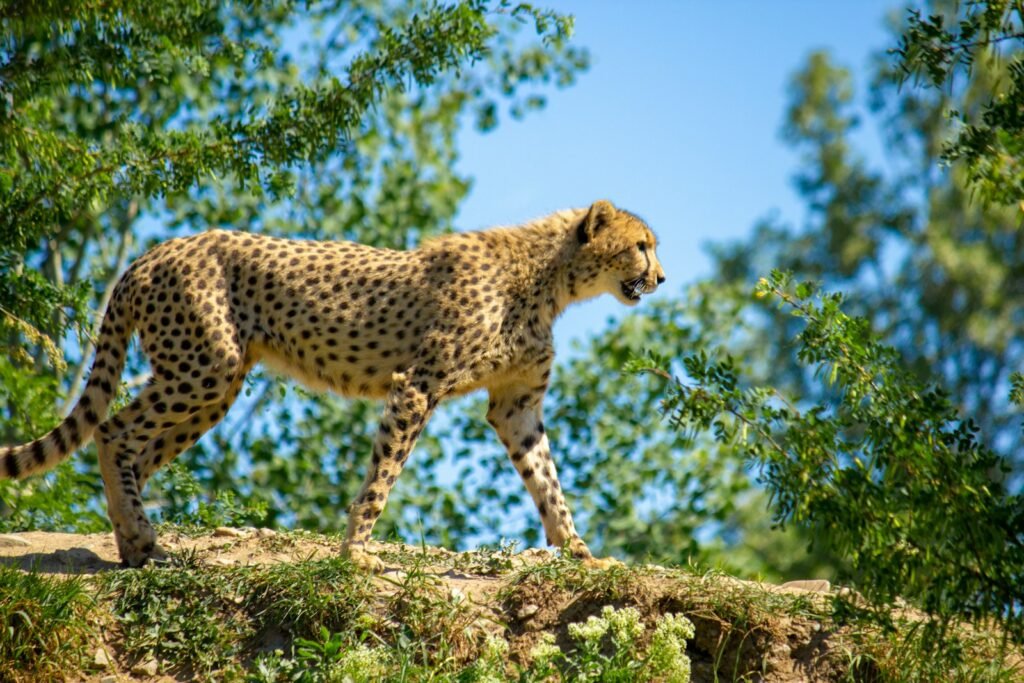
In the rugged Andean mountains of South America, the Andean Mountain Cat makes its home. This small and elusive feline is adapted to cold, mountainous environments, making it one of the rarest cats in the world. Its thick fur, long tail, and padded feet aid in navigating rocky terrain and surviving harsh weather conditions.
The Charismatic Caracal
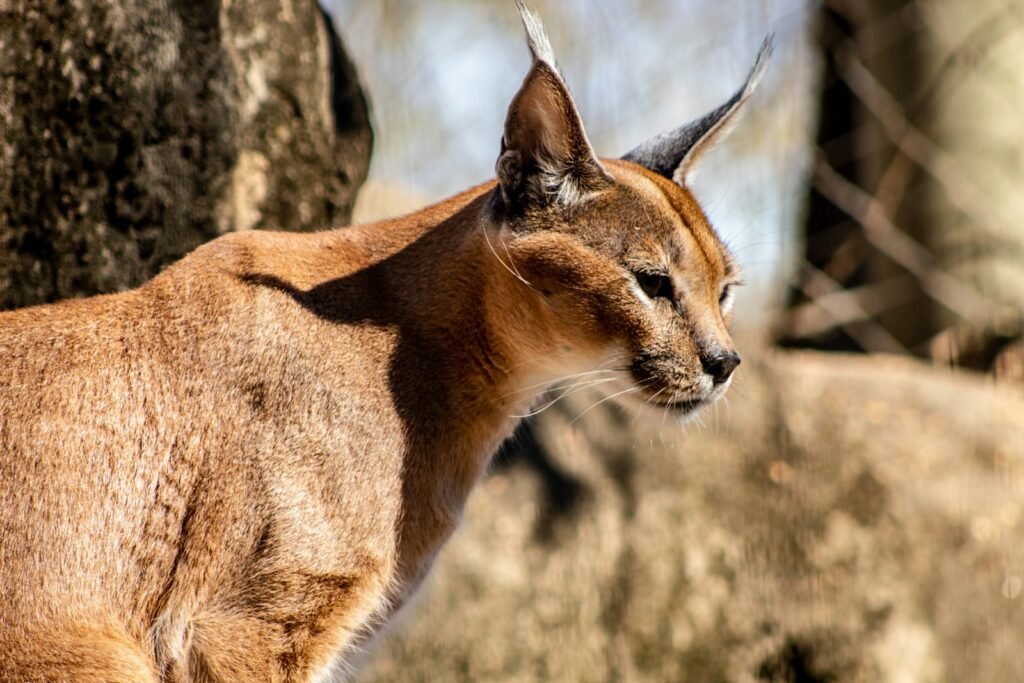
The Caracal, sometimes called the “Desert Lynx,” is known for its striking tufted ears and incredible agility. Found in Africa, Asia, and the Middle East, these cats are highly skilled hunters, capable of leaping into the air to catch birds. Their reddish-brown coat provides excellent camouflage in dry environments.
The Stealthy Serval

Servals are medium-sized wildcats distributed across sub-Saharan Africa. They have long legs and a lean body, which make them superb hunters in the tall grasslands and wetlands they inhabit. Their distinctively large ears provide sensitive hearing, enabling them to detect the slightest sounds of prey in their vicinity.
The Mysterious African Golden Cat

The African Golden Cat is a shy, solitary feline found in the rainforests of West and Central Africa. With its elusive nature, much about this species remains a mystery. It is similar in size to the caracal but is distinctively marked by a variable coat color that ranges from reddish-brown to gray, with spots that may fade with age.
The Endangered Iberian Lynx
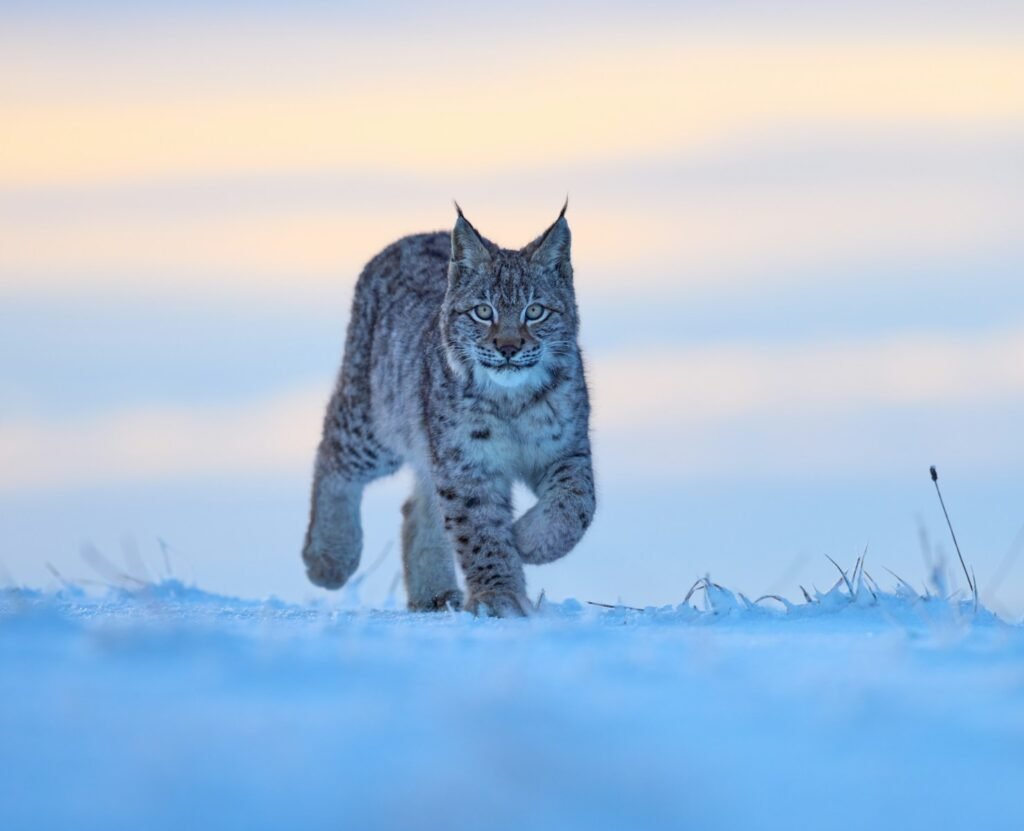
Once on the brink of extinction, the Iberian Lynx is slowly recovering thanks to conservation efforts in Spain and Portugal. Distinguished by tufts of hair on its ears and a stubby tail, this species has a beautifully spotted coat. It primarily hunts the European rabbit and thrives in Mediterranean forests and scrubland.
The Adaptable Fishing Cat
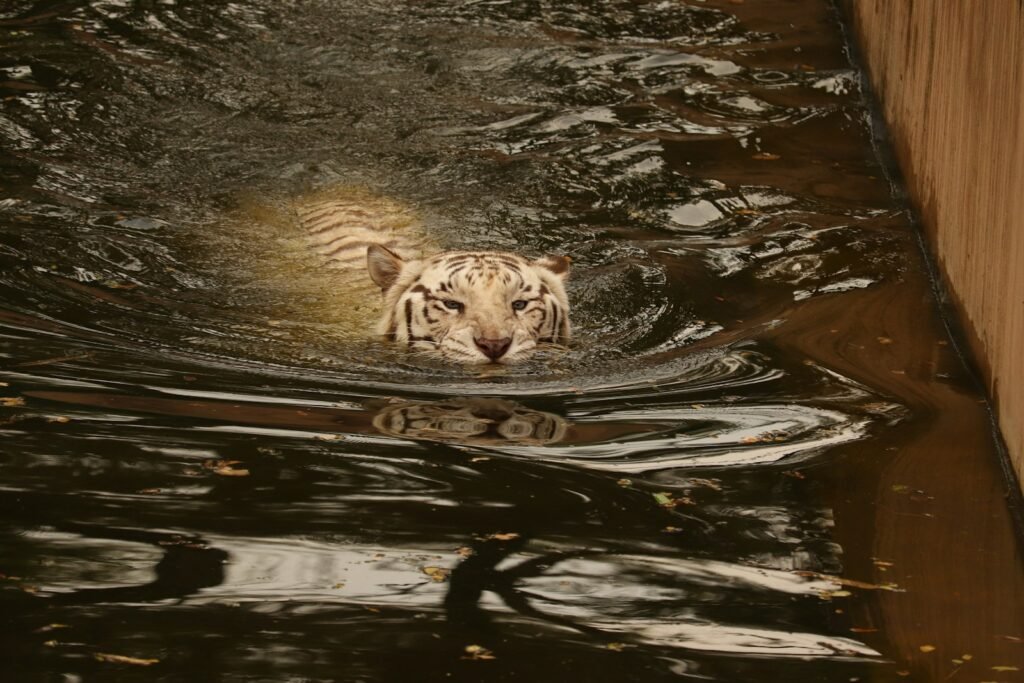
True to its name, the Fishing Cat has evolved to live near water bodies in South and Southeast Asia. It is a strong swimmer and preys on fish, frogs, and crustaceans. Its partially webbed feet enable it to paddle through water efficiently. These cats face increasing threats from habitat destruction and pollution.
The Beautifully Patched Ocelot
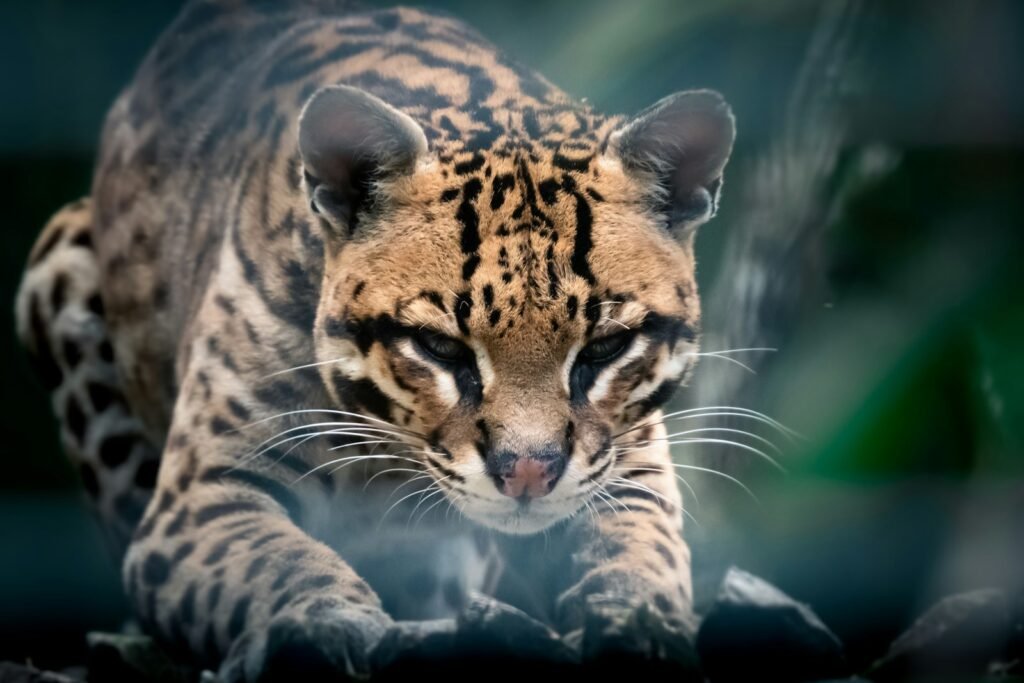
Ocelots, adorned with beautiful dappled coats, are native to South and Central America. They thrive in a wide range of environments, from rainforests to savannas. Their nocturnal nature and excellent climbing ability make them proficient hunters, preying on small mammals, birds, and reptiles.
Conclusion: Appreciating Diversity in the Big Cat Family
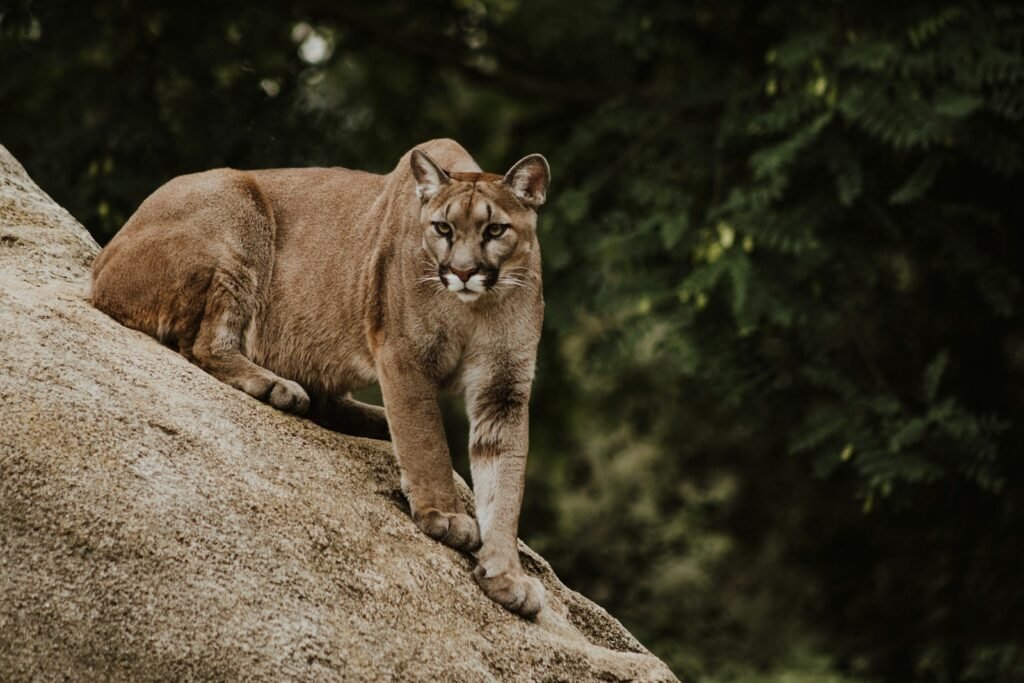
While tigers and other well-known big cats often capture our imaginations, these eight lesser-known species offer an equally rich tapestry of natural wonders. By understanding and appreciating their unique characteristics and ecological roles, we can better advocate for their conservation and ensure their survival for future generations to admire.

Growing up traveling and experiencing new cultures and wonders, I have had a passion for nature, adventuring, photography, and videography. I am currently working towards a BSc in Biodiversity and Ecology at Stellenbosch University, and I hope to specialise in Marine Sciences one day.
Please send any feedback to Feedback@animalsaroundtheglobe.com






